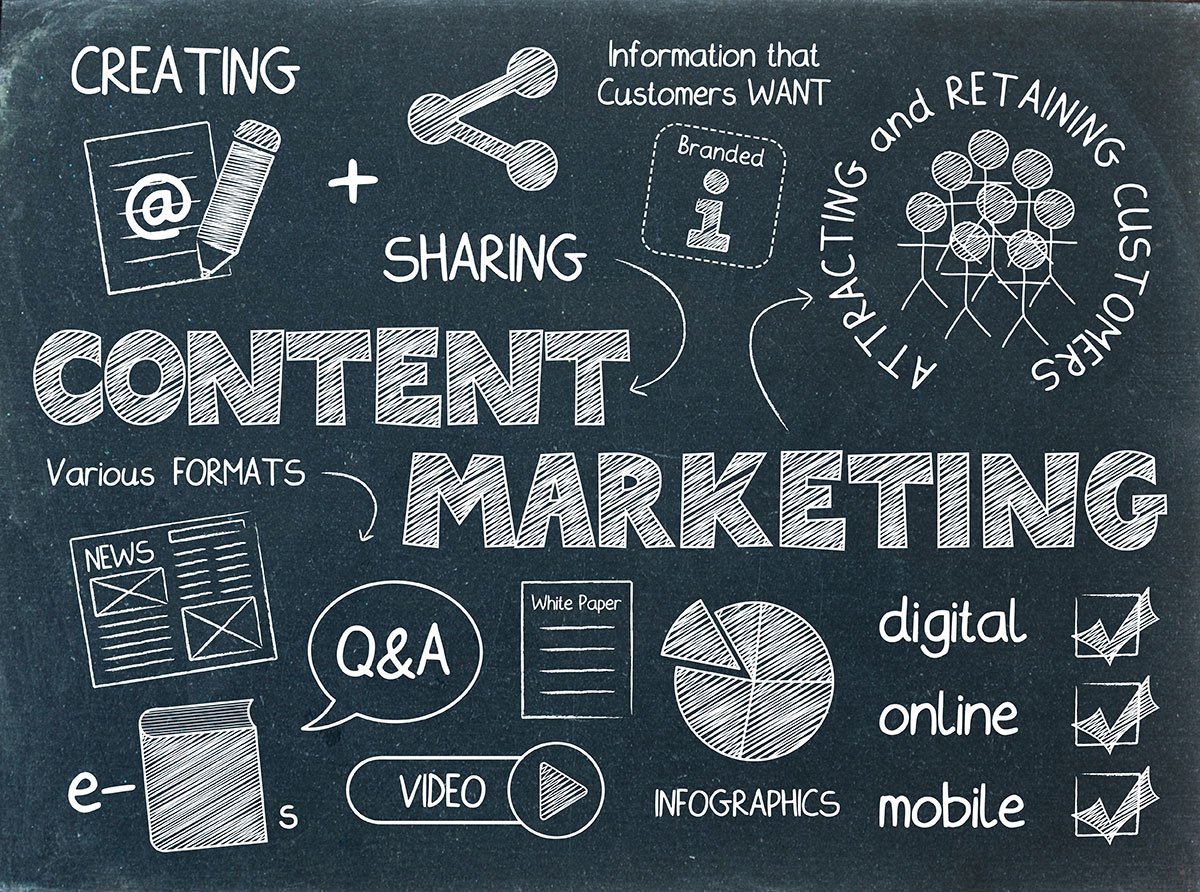Deconstructing the Tiny Miracle Of A Sale
It may be true that every time a bell rings, an angel gets its wings, but every time a sale is transacted, it is no less a (tiny) miracle.
The voluntary intersection of supply and demand, of consumer and vendor, is truly something special. It’s an agreement and micro-covenant.
Transactions can happen at the speed of thought, or feeling, but they are based on complex calculations involving trust, opportunity, need, and the belief that the purchased option is the best among competing options, in light of a complex array of variables.

At FlashPointLabs, we say “Create Something Of Value + Get Attention = Get Sales”.
We believe this in our DNA, but it’s an oversimplification. There are no fewer than 10 requirements for a sale (conversion), even if they happen quickly or subconsciously; and they happen whether these beliefs are arrived at through an analytical or emotional process.
When you’re diagnosing a sales breakdown, consider the steps involved in a sale. Every time something sells:
- A person has become aware of a
- a product that they
- believe will
- solve a problem (pain-point) that they have
- that they know about;
- Moreover they are convinced that,
- among other options, given their desire, this is their best option (for analytical or emotional reasons – or both);
- Additionally, the consumer has the money to purchase the solution,
- the vendor has the capacity to receive it,
- and the consumer trusts the vendor’s ability to deliver the solution such that they will provide the money.
This all happens at the opportunity cost of other activities, and subject to a reasonable expenditure of a) time b) a reasonable experience of i) complexity, and ii) effort.
A sale can be scuttled by a barista with a bad attitude, by a long wait at a restaurant, or by a checkout page that doesn’t auto-fill credit card information.
Take away any of these steps, and there is no sale. It’s actually a tiny miracle when two parties agree to transact a sale; it’s a lot happening, sometimes very quickly.
This happens whether we are discussing the purchase of candy or a Ferrari.
This happens whether a sale is ‘emotional’ or ‘analytical’.
If a customer doesn’t know about your product – even with every other box ‘checked’, there is no conversion.
If a customer isn’t aware of their problem – even with every other box ‘checked’, there is no conversion.
If a customer doesn’t have the money – even with every other box ‘checked’, there is no conversion.
If you don’t have a working payment gateway – even with every other box ‘checked’, there is no conversion.
If a customer knows about your solution, but it is more expensive than the next option, with no visible benefit – even with every other box ‘checked’, there is no conversion.
If a customer knows about your solution, has the money, believes it is the best option, believes it will alleviate their problem, but they do not believe in your ability to deliver it to them – even with every other box ‘checked’, there is no conversion.
And within each of these steps (which sometimes happen in this order, and which sometimes do not), there is still more to analyze and understand. For example, your market can be flooded with alternatives and options. Researching those, alone, and developing differentiated branding or competitive placement or promotion, can necessitate a lot of work.
You want to keep enthusiasm and creativity with your brand and advertisements; you don’t want to over-analyze things. But you do want to look at your sales funnel dispassionately; examine it for breakdown points, which have a tendency to be overlooked by those ‘inside the wine bottle’ or within your marketing group, company or organization.





